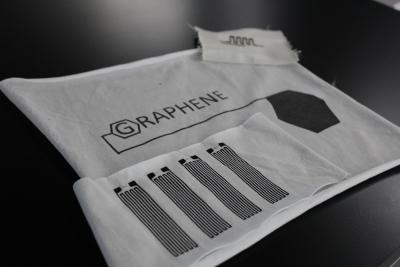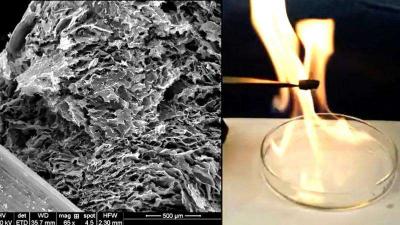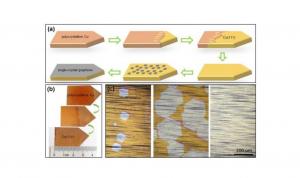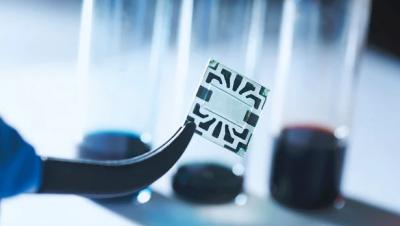A Graphene & 2D-Materials Center launched in Aachen, Germany
Graphene Flagship Partners RWTH Aachen University and AMO GmbH, both based in Germany, recently launched a new joint research center with a focus on efficiently bridging the gap between fundamental science and applications within graphene and related materials based electronics and photonics.
The five founding Principal Investigators of the Aachen Graphene & 2D-Materials Center are all members of the Graphene Flagship and share the vision of bringing graphene and related materials research from the lab into applications. The Center will help to turn the exciting properties of graphene and 2D-materials into true functions, making these materials not only fascinating for scientists but also serving society, as was explained.








